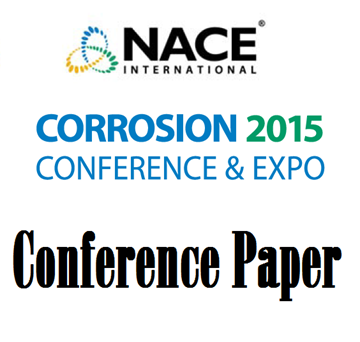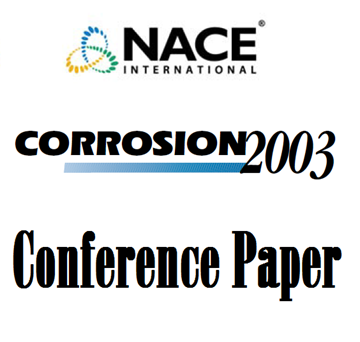Alloy 718 has been a mainstay superalloy for use in aircraft gas turbine engines but its unique combination of room-temperature strength and aqueous corrosion resistance made it a candidate for oilfield applications [12]. However it has been shown that the material is rather susceptible to hydrogen embrittlement (HE) resulting in continuous efforts to understand hydrogen effects on the material.In the presence of environments that contain sulfur species resulting from H2S the absorption of atomic hydrogen by the substrate material is increased due to the fact that sulfur is a highly effective hydrogen recombination poison. Hydrogen absorption occurring during the corrosion process in aqueous environments may enhance the sensitivity of the alloy to different kinds of hydrogen-induced damage; hence it is important to study the behavior of hydrogen and in particular the dependence on the microstructure.Most research on the HE of alloy 718 has been conducted by screening the different precipitation conditions to investigate the effects of hydrogen on mechanical properties or fracture structures. It has been proved [1-5] that both the delta and gamma double prime phases play significant roles in altering HE sensitivity of alloy 718. However there is a lack of systematic microstructural investigation to fully understand the hydrogen-related mechanisms assisting the failure in this alloy.In the current study we investigated HE of alloy 718 by tensile testing at low strain rate (10-4 s-1) under hydrogen charging. Hydrogen was introduced into the samples effectively via diffusion as well as through the motion of hydrogen-decorated dislocations. Thermal desorption analysis (TDA) was also conducted to study the effect of trapping on the HE susceptibility. Hydrogen-assisted cracking mechanisms were studied via the joint use of electron backscatter diffraction analysis (EBSD) and orientation-optimized electron channeling contrast imaging (ECCI). Both intergranular and transgranular cracking were observed when hydrogen was introduced. Embrittlement occurred by strong hydrogen–deformation interactions and several mechanisms were found to contribute to hydrogen-assisted cracking in this alloy. Intergranular cracking was more specifically categorized into three parts: grain boundary triple junction cracking caused by hydrogen-enhanced decohesion (HEDE) slip-localization along micro-voids formed on the grain boundaries and gamma/delta-phase interface cracking. Observations on distinct metallurgical states of alloy 718 with different precipitation conditions for the gamma double prime phase and the delta phase confirmed that the delta phase promotes HE by initializing micro-cracks from delta/matrix interfaces. Transgranular cracking was caused by HELP-assisted shear localization along slip planes. Crack fronts lied along {100} planes in <110> directions suggesting that the reaction of dislocations on {112} <111> slip is the cause of the {100} fracture.[1] L. Liu et al.; Advanced Materials 3 (2002) 335-344[2] J. J. Debarbadillo S. K. Mannan; JOM Vol. 64 No. 2 (2012)[3] L. Liu et al.; Corrosion Science 47 (2005) 355-367[4] F. Galliano et al.; Materials Science & Eng. A611(2014) 370-382[5] L. Fournier e al.; Materials Science and Engineering A269 (1999) 111-119




